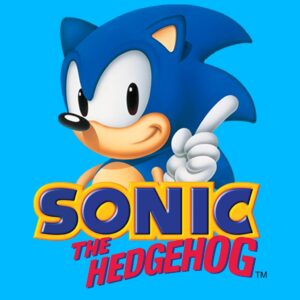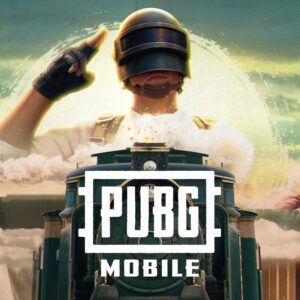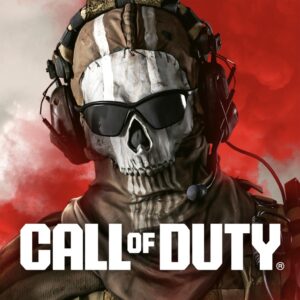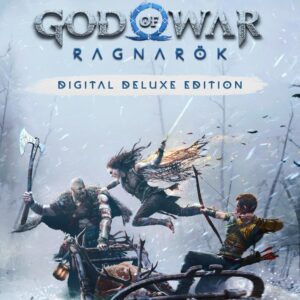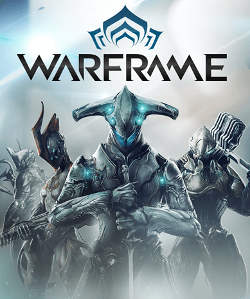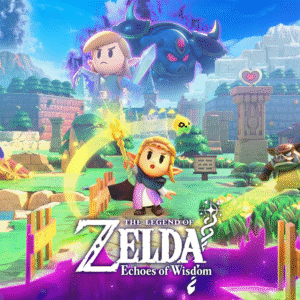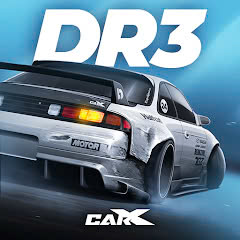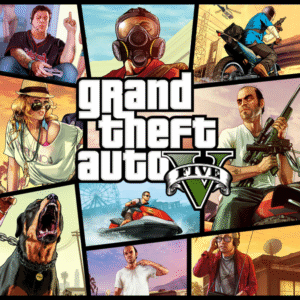The Fantasy Made Real: How Mecha Break Delivers the Core Promise of a Mecha Shooter with Style and Grace
Popular Now
 Rust
Rust
 Black Myth: Wukong
Black Myth: Wukong
 EA SPORT FC 25
EA SPORT FC 25
 Candy Crush Saga
Candy Crush Saga
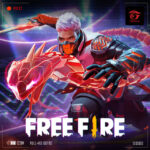 Free Fire
Free Fire
 Poppy Playtime
Poppy Playtime
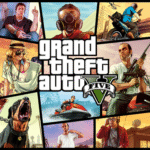 Grand Theft Auto V
Grand Theft Auto V
 Toca Boca World
Toca Boca World
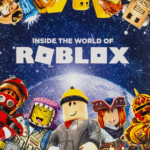 Roblox
Roblox
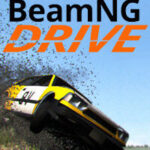 BeamNG.drive
BeamNG.drive
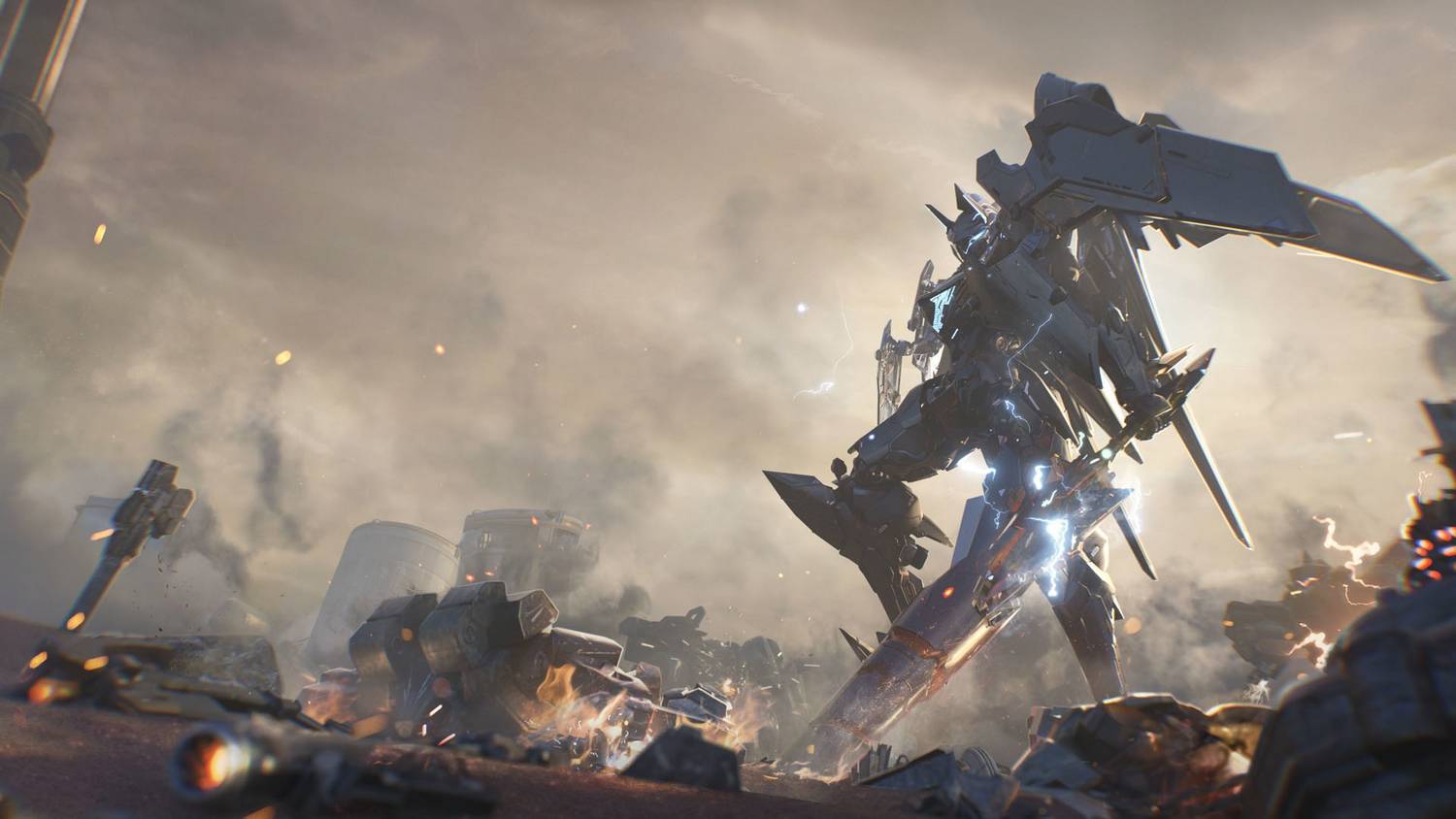
For a genre that has, for decades, been largely confined to complex simulators and niche fighting games, the launch of Mecha Break on July 2, 2025, marks a significant moment. Developed by Amazing Seasun Games, this new multiplayer hero shooter boldly attempts to bridge the gap between the punishing, intricate world of mecha games and the fast-paced, accessible nature of titles like Overwatch or Apex Legends. It’s a high-stakes gamble that could have easily gone wrong. The core promise of a mecha hero shooter is a simple one: to make the player feel like a powerful, agile, and unstoppable pilot of a massive war machine. After countless hours of piloting these “Strikers,” it’s clear that Mecha Break, despite its flaws in monetization and customization, has accomplished this one, crucial thing. The game’s moment-to-moment combat, its stunning visuals, and its commitment to the “pilot fantasy” are a powerful testament to the idea that sometimes, the most important thing a game can do is deliver on its central promise.
The game’s design director, in a pre-launch interview, was explicit about their goal: to “make a game that feels like a modern-day Virtual On.” The game’s control scheme and its combat loop are a direct reflection of this philosophy. The Strikers, which are the game’s unique mechs, are not customizable with different weapons or parts. Instead, each one is a self-contained “hero,” with a fixed set of abilities and weapons that are designed to complement a specific playstyle. This is a deliberate design choice that simplifies the experience, allowing players to jump straight into the action without spending hours in a customization menu. The result is a game that is a joy to play from the very first minute. The exhilarating feeling of a striker lifting off the ground with its thrusters, locking onto an enemy in a full-speed aerial duel, and unleashing a barrage of missiles and laser fire is an unparalleled experience that few other games, mecha or otherwise, can match.
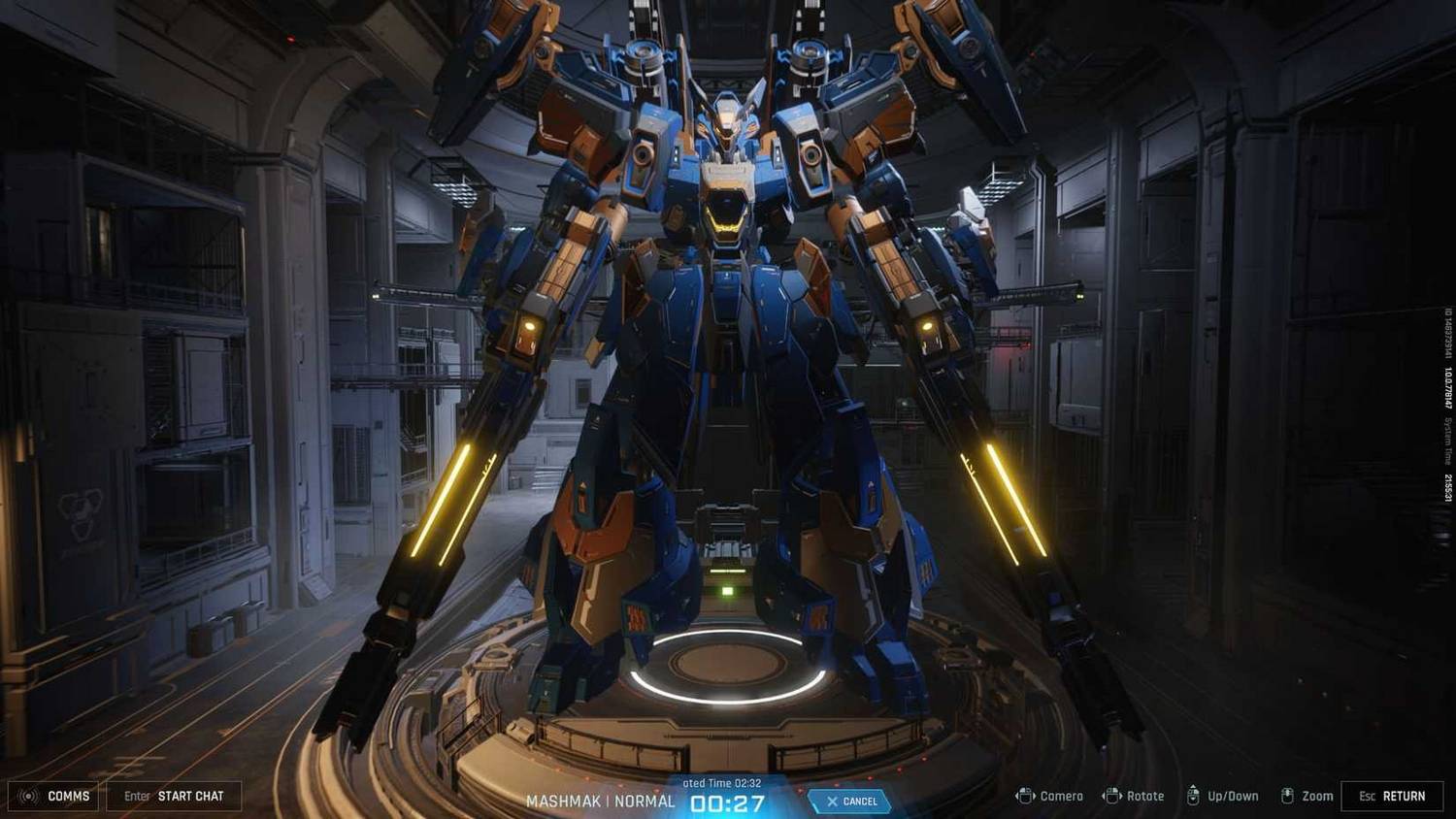 The Core Pillars of the Pilot Fantasy
The Core Pillars of the Pilot Fantasy
The success of Mecha Break lies in its ability to focus on the essential, core elements that make a mecha game so compelling. It’s not about the depth of customization; it’s about the feeling of being in the cockpit. Here’s how the game delivers on that promise:
- The Unmistakable Feeling of Flight and Speed: The single most defining feature of Mecha Break‘s gameplay is its movement. The Strikers are not lumbering, slow-moving tanks. They are agile, lightning-fast machines that can dash, boost, and fly across the battlefield with a single button press. This creates a verticality and a sense of scale that is often missing from other shooters. You’re not just fighting on a two-dimensional plane; you are fighting in the air, on the ground, and everywhere in between. The game’s “Energy” system, which limits your ability to boost and fly, is a brilliant way to add a layer of strategy to the combat, forcing players to manage their resources and to decide when to be aggressive and when to retreat.
- The Visceral Impact of Combat: Every laser beam, every missile barrage, and every melee strike in Mecha Break feels incredibly powerful. The sound design is a masterclass in audio engineering, with the roar of thrusters, the thunderous clatter of a Gatling gun, and the satisfying clang of two mechs clashing in a melee duel. The visual feedback is equally impressive, with a stunning display of explosions, particle effects, and laser beams that light up the screen. The game’s auto-lock-on system for ranged and melee attacks is a deliberate choice that takes the pressure off of pinpoint precision and allows players to focus on the high-level strategy of a duel. It’s a system that is designed to make you feel like a pro, even if you’re a newcomer.
- The Perfect Blend of Melee and Ranged Combat: Mecha Break‘s greatest strength is its ability to seamlessly blend melee and ranged combat into a single, cohesive experience. The game’s different Striker classes, from the long-range “Snipers” to the up-close-and-personal “Brawlers,” are a perfect example of this. A good team composition will have a mix of both, as a well-timed charge from a “Brawler” can turn the tide of a fight, and a single, well-placed shot from a “Sniper” can open up a key strategic advantage. The game’s ability to make both types of combat feel equally viable and equally satisfying is a massive achievement.
- The “Pilot Fantasy” as the Main Feature: The game, in a brilliant move, leans into the fantasy of being a pilot in a way that few other mecha games have. You can create your own pilot avatar, and at the beginning of every match, you see your character climb into the cockpit of your Striker. At the end of a winning match, you are rewarded with a cinematic that shows your pilot emerging from the wreckage of the battlefield, victorious. These small, cinematic touches are a powerful way to reinforce the central fantasy of the game and to make the player feel like they are not just controlling a machine, but are an integral part of a larger story.
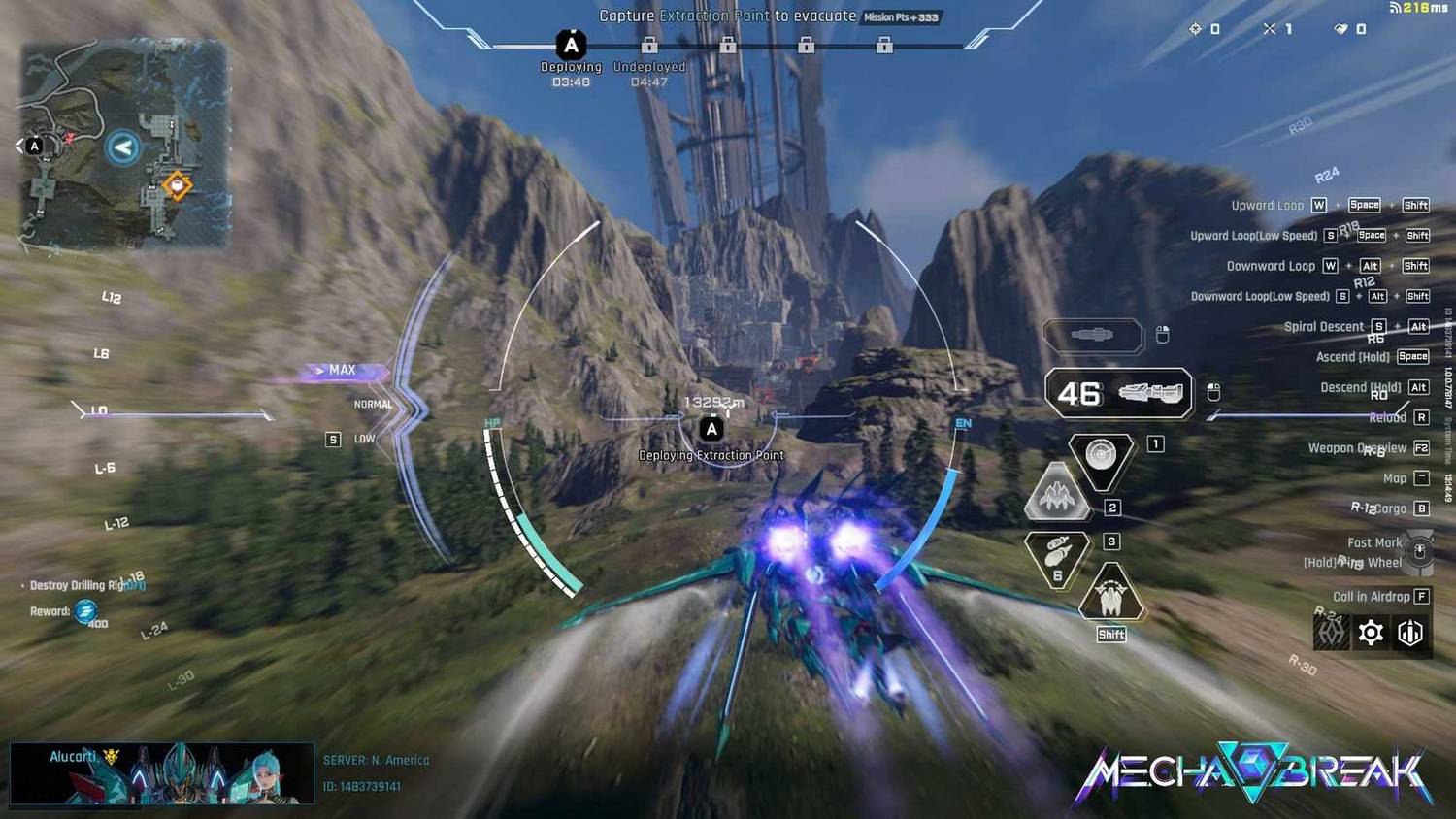 A News and Business Perspective: The Future of a New Genre
A News and Business Perspective: The Future of a New Genre
From a news and industry perspective, Mecha Break is a fascinating case study in a new genre. The game’s success, which is a testament to its fast-paced, addictive gameplay, is a clear sign that there is a massive market for a hero shooter with a mecha theme. The game’s free-to-play model, while a source of criticism for its aggressive monetization of cosmetic items, is a brilliant business strategy that has allowed the game to attract a massive player base. The game is a powerful reminder that sometimes, the most important thing a game can do is to deliver on a single, core promise. Mecha Break is not a perfect game, but it is a game that accomplishes the one thing it sets out to do with style and grace. For fans of mecha and fast-paced shooters, this is the game we’ve been waiting for. It is a game that is a thrilling, high-octane celebration of a genre that has, for far too long, been confined to the shadows. It is a game that is a beautiful, brutal, and compelling reminder that sometimes, the best way to move a genre forward is to simplify it, to streamline it, and to focus on the one thing that matters most: the feeling of being in the cockpit.
